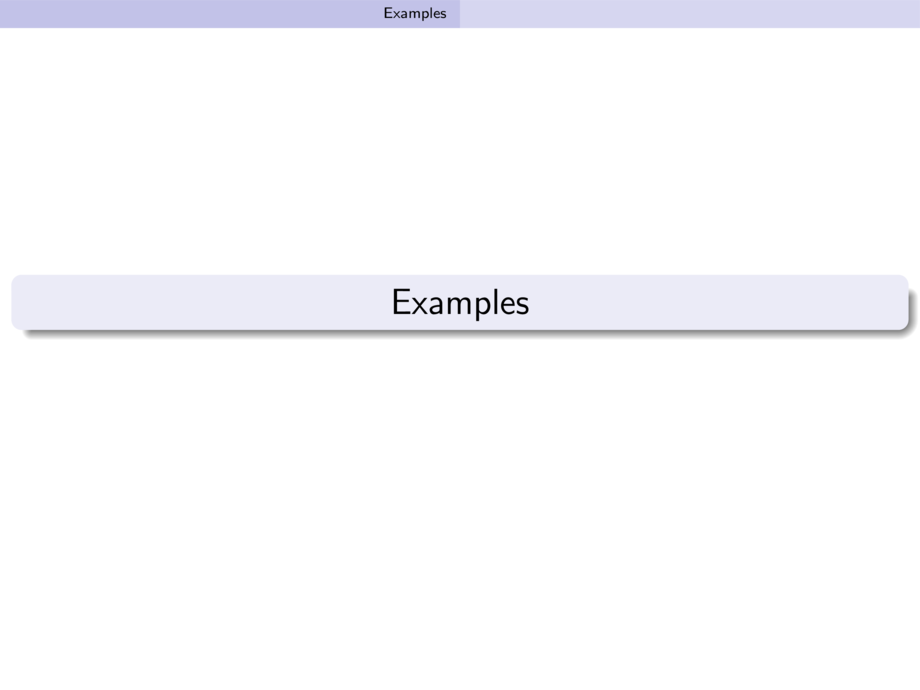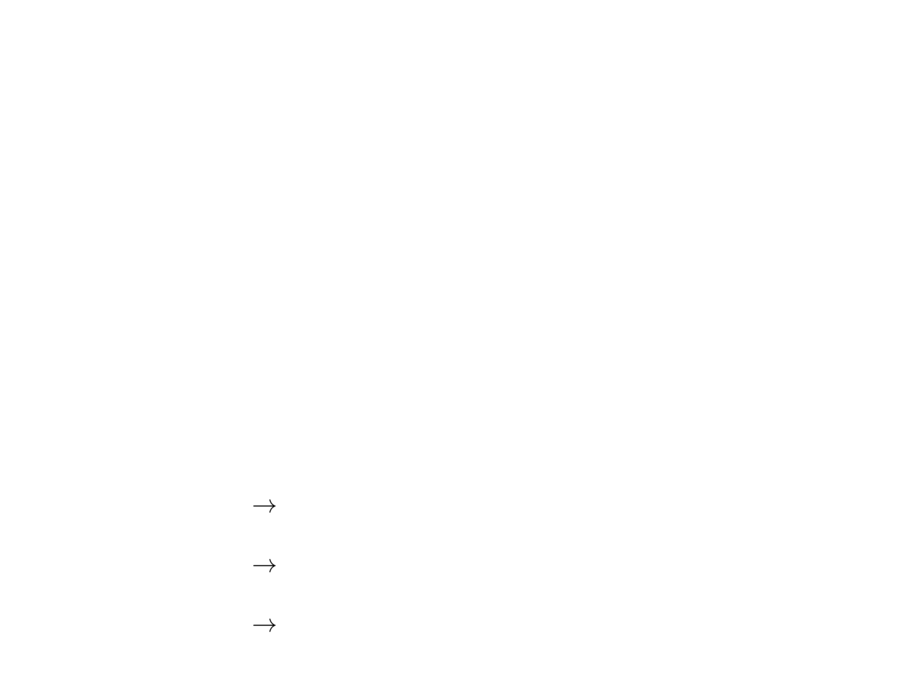



































































































9/250
\begin{frame}<1-6>[label=chameleons]
\small
\vspace{-1ex}
\newcommand{\rc}{\tikz[baseline=-2pt]{\node{\includegraphics[width=6mm]%
{../graphics/red.jpg}};}}
\newcommand{\bc}{\tikz[baseline=-2pt]{\node{\includegraphics[width=6mm]%
{../graphics/blue.jpg}};}}
\newcommand{\gc}{\tikz[baseline=-2pt]{\node{\includegraphics[width=6mm]%
{../graphics/green.jpg}};}}
\newcommand{\rC}{\tikz[baseline=-2pt]{\node{\includegraphics[width=4mm]%
{../graphics/red.jpg}};}}
\newcommand{\bC}{\tikz[baseline=-2pt]{\node{\includegraphics[width=4mm]%
{../graphics/blue.jpg}};}}
\newcommand{\gC}{\tikz[baseline=-2pt]{\node{\includegraphics[width=4mm]%
{../graphics/green.jpg}};}}
\begin{gather*}
\only{
\rC\bC\rC\gC\gC\bC
\rC\gC\rC\bC\rC\gC
\gC\rC\bC\alt<4->{\gC\gC}{\rC\bC}\rC
\\
\rC\rC\gC\alt<6->{\rC\rC}{\bC\gC}\bC
\bC\bC\rC\bC\rC\rC
\bC\rC\rC\bC\bC\bC
\\
\bC\bC\gC\rC\rC\gC
\bC\alt<5->{\bC\bC}{\rC\gC}\gC\gC\rC
\gC\gC\bC\gC\rC\gC
}
\only{
\rC\bC\rC\gC\gC\bC
\rC\gC\rC\bC\rC\gC
\gC\rC\bC\rC\bC\rC
\\
\rC\rC\gC\bC\gC\bC
\bC\bC\rC\bC\rC\rC
\bC\rC\rC\bC\bC\bC
\\
\bC\bC\gC\rC\rC\gC
\bC\rC\gC\gC\gC\rC
\gC\gC\bC\gC\rC\gC
}
\end{gather*}
\begin{tabular}{@{\qquad}lc}
\begin{minipage}{90mm}
\begin{block}{}
A colony of chameleons includes 20 red, 18 blue, and 16 green
individuals. Whenever two chameleons of different colors meet,
each changes to the third color. Some time passes during which
no chameleons are born or die nor do any enter or leave the colony.
Is it possible that at the end \\ of this period, all 54 chameleons are
the same color?\strut
\end{block}
\end{minipage}
&
\raisebox{-2ex}{\begin{tabular}{@{}c}
\includegraphics[height=13ex]{../graphics/kameleon-ericcarle.jpg}
\end{tabular}}
\end{tabular}
\medskip
\onslide<2->{
\begin{xalignat*}{2}
\rc\gc &~\to~ \bc\bc &
\onslide<3->{\gc\rc} &\onslide<3->{~\to~ \bc\bc}
\\
\bc\rc &~\to~ \gc\gc &
\onslide<3->{\rc\bc} &\onslide<3->{~\to~ \gc\gc}
\\
\gc\bc &~\to~ \rc\rc &
\onslide<3->{\bc\gc} &\onslide<3->{~\to~ \rc\rc}
\end{xalignat*}
}
\end{frame}

